Christian monasteries 🢔 Religious architecture 🢔 Architectural wonders 🢔 Categories of wonders
Wonder
Syriac Orthodox Monastery of Saint Mark, Jerusalem
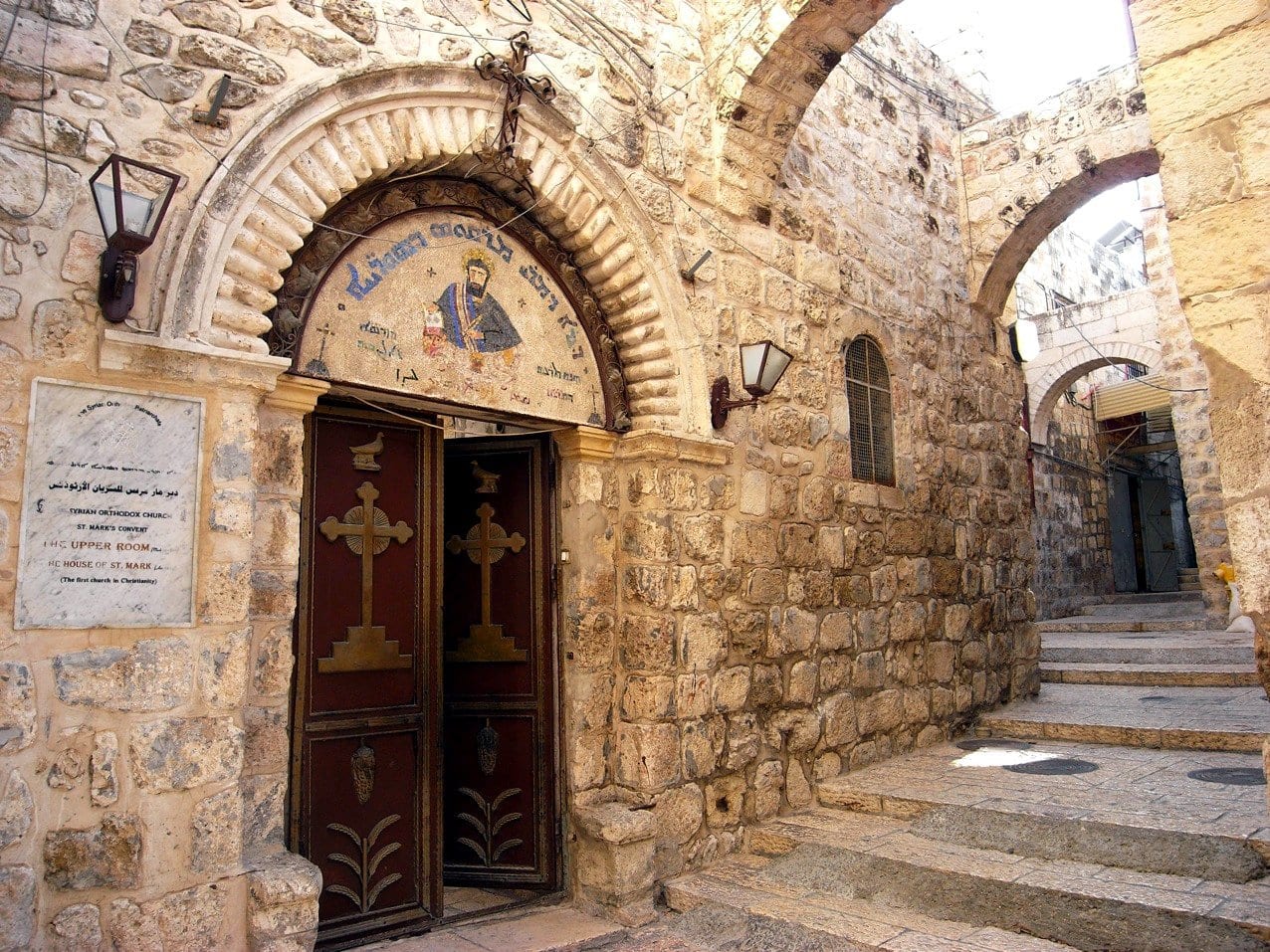
 In short
In short
The ancient church in the Monastery of Saint Mark has many unique valuables. But it is possible, that there is much more: may be this monastery in Armenian Quarter is the place where the Last Supper took place and, in fact, the very first Christian shrine was established by the apostles.
 45.8%
45.8%
GPS coordinates
Location, address
Alternate names
Founded
Year of construction
Branch of Christianity
Map of the site
If you see this after your page is loaded completely, leafletJS files are missing.
 In detail
In detail
Mysterious inscription
The Syrian Orthodox community ordered renovations of their main church in Jerusalem in 1940 and during these works, a wondrous event happened. There was discovered a fragment of the wall of the original (?) church from the 6th century and it contained a stone with an inscription “This is the house of Mary, mother of John, called Mark. Proclaimed a church by the holy apostles under the name of the Virgin Mary, mother of God, after the ascension of our Lord Jesus Christ into heaven. Renewed after the destruction of Jerusalem by Titus in the year A.D. 73.”
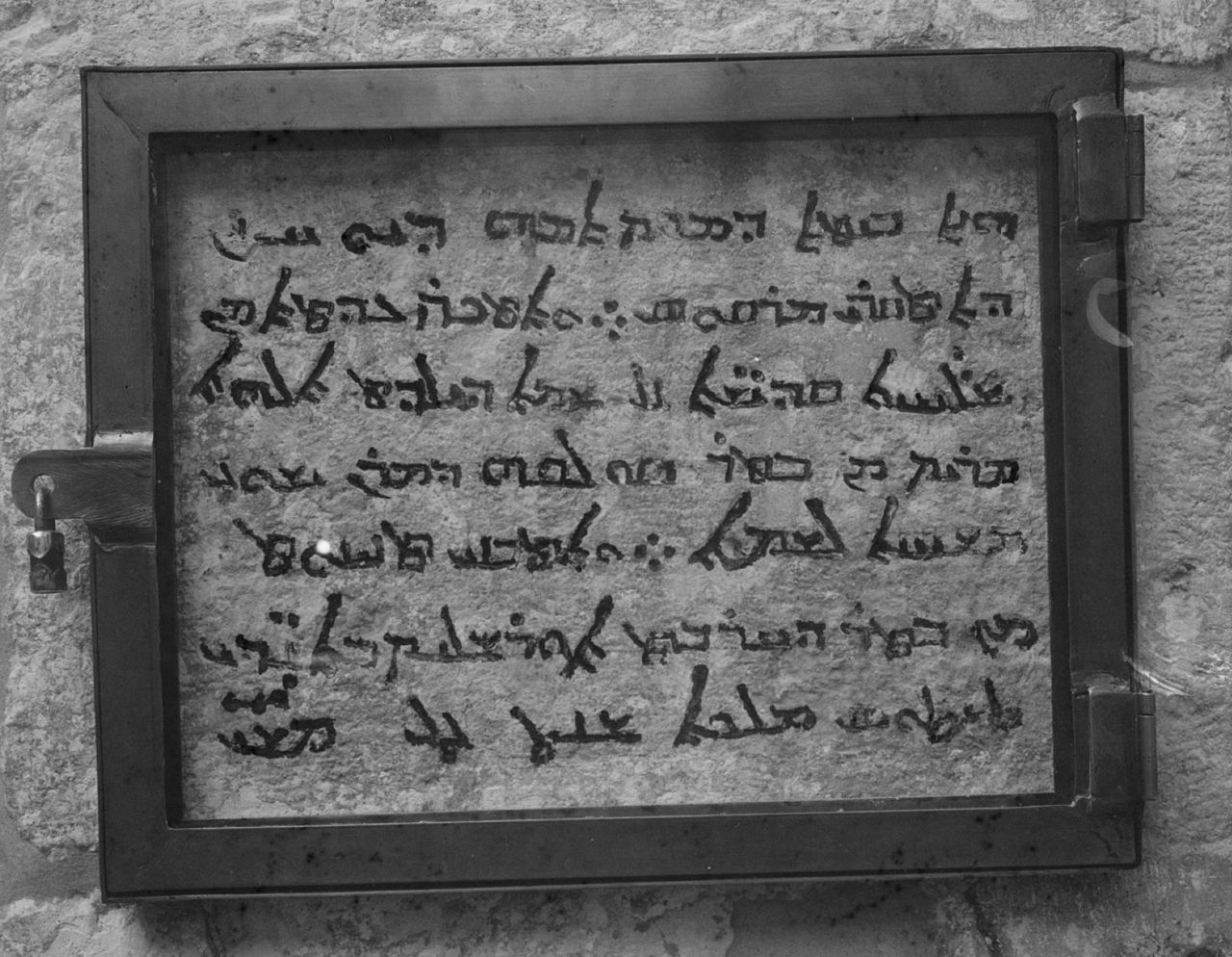
Does it mean that instead of the Cenacle the Last Supper took place here, in the Armenian Quarter? Cenacle is located approximately half a kilometer away, outside the city walls (as written in the Bible), on Mount Zion.
The local Syrian Orthodox community is convinced that – yes, here is the site of wondrous events and the very first Christian shrine in the world. But, it is also possible that this stone was installed in the late 15th century when the church was purchased by the Syrian Orthodox community from Copts.
Syrian Orthodox church
The history of the Syrian Orthodox Church was started by apostles Saint Peter and Saint Paul in Antioch and it became an official church much later, in 518 under the guidance of Severus of Antioch.
If there is a Christian congregation that could say that they have preserved the original rites of the first Christians – it is the Syrian Orthodox church. Even the language of this church often is Syriac, a dialect of Aramaic language – the language which was spoken by Jesus Christ himself.
Currently, there are some 600 followers of the Syriac Orthodox church remaining in Jerusalem. This is the only monastery of this once powerful congregation in the vicinities of the Holy City. It is true that sometimes history is rewritten, taking the “good things” away from less influential communities – could it be that Syriac Orthodox believers are right even if they are a minority?
History of the Monastery of Saint Mark
Let’s move away from the discussions about the beginnings of the story of the monastery of Saint Mark – after all, who knows the truth now…
The first known church building was constructed here in the 6th century although this location (…or Cenacle?) was an important pilgrimage site already by the early 4th century.
When the congregation lost other churches in the Holy City, the Monastery of Saint Mark became the seat of the Archbishop of Jerusalem.
The church and monastery were rebuilt numerous times – the present church was built in the 12th century over the ruins of the earlier church and rebuilt several times since then.
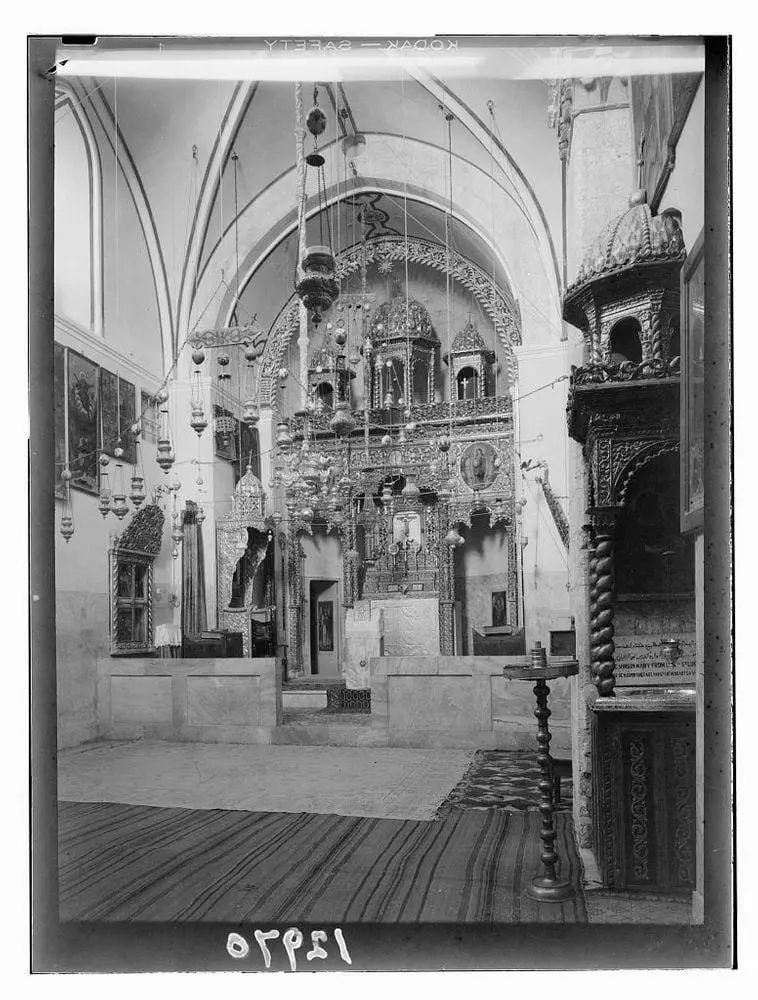
Unique values
The church of the monastery has an ornate interior with an intricate, carved wooden altar, but not less interesting are somewhat mysterious steps that lead down. Below the church is believed to be the lower floor in the house of Mary – after all, the ground level around the house has risen after 2000 years. Other accounts tell that this basement is the exact place of the Last Supper.
Here is also an ancient-looking baptismal font, encrusted with silver. According to local legends Mary, Jesus’ mother was baptized exactly in this vessel.
A visitor to the church would see also an ancient painting of the Virgin Mary and child. Congregation believes that exactly this is one of the world’s most sought paintings, made by apostle St. Luke who painted the real Virgin Mary standing in front of him. Churchgoers have witnessed unusual events around the painting. Nevertheless, there are many more paintings around the world claiming exactly this same fact.
The ancient monastery is storing other relics, such as a piece of Holy Cross, relics of several saints. But the most valuable treasure is the library of the monastery. Here have been collected extremely valuable manuscripts which were written by notable people, such as Cyril of Alexandria, Patriarch of Alexandria (c. 376 – 444), Severus of Antioch, Patriarch of Antioch (c. 459 – 538), Quriaqos of Tagrit, Patriarch of Antioch (793 – 817) and many others.
References
- Thomas C. Oden. The African Memory of Mark: Reassessing Early Church Tradition. 2011. ISBN-10: 083083933X.
 Linked articles
Linked articles
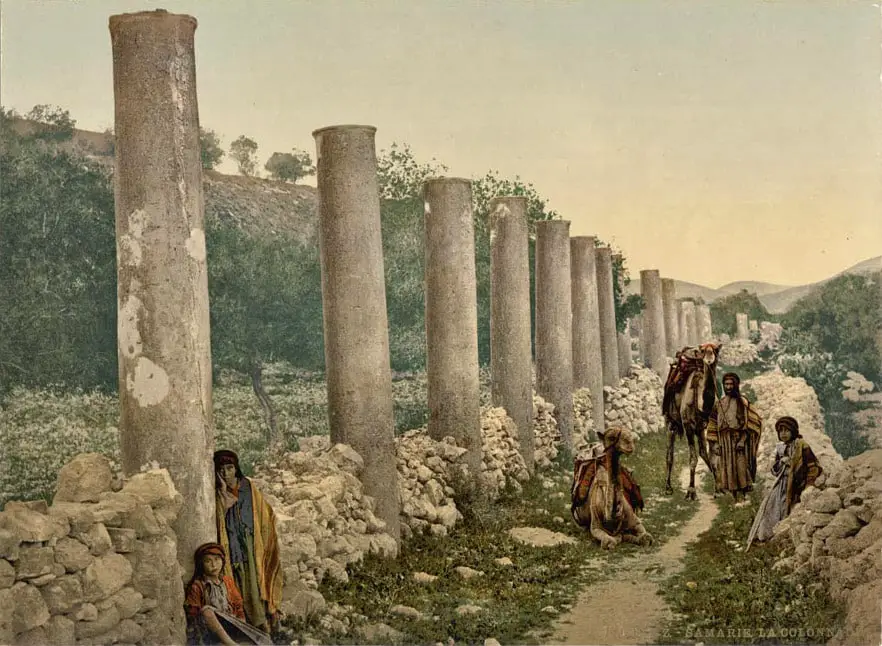
Wonders of Palestine
Palestinian territories (or better simply – Palestine) has very special landmarks. This land has experienced the birth of Judaism and Christian religions and plays a very important role also for Muslims. Billions of people see this land as the place of divine presence, with many sites linked to events of extremely high importance for believers and historians.
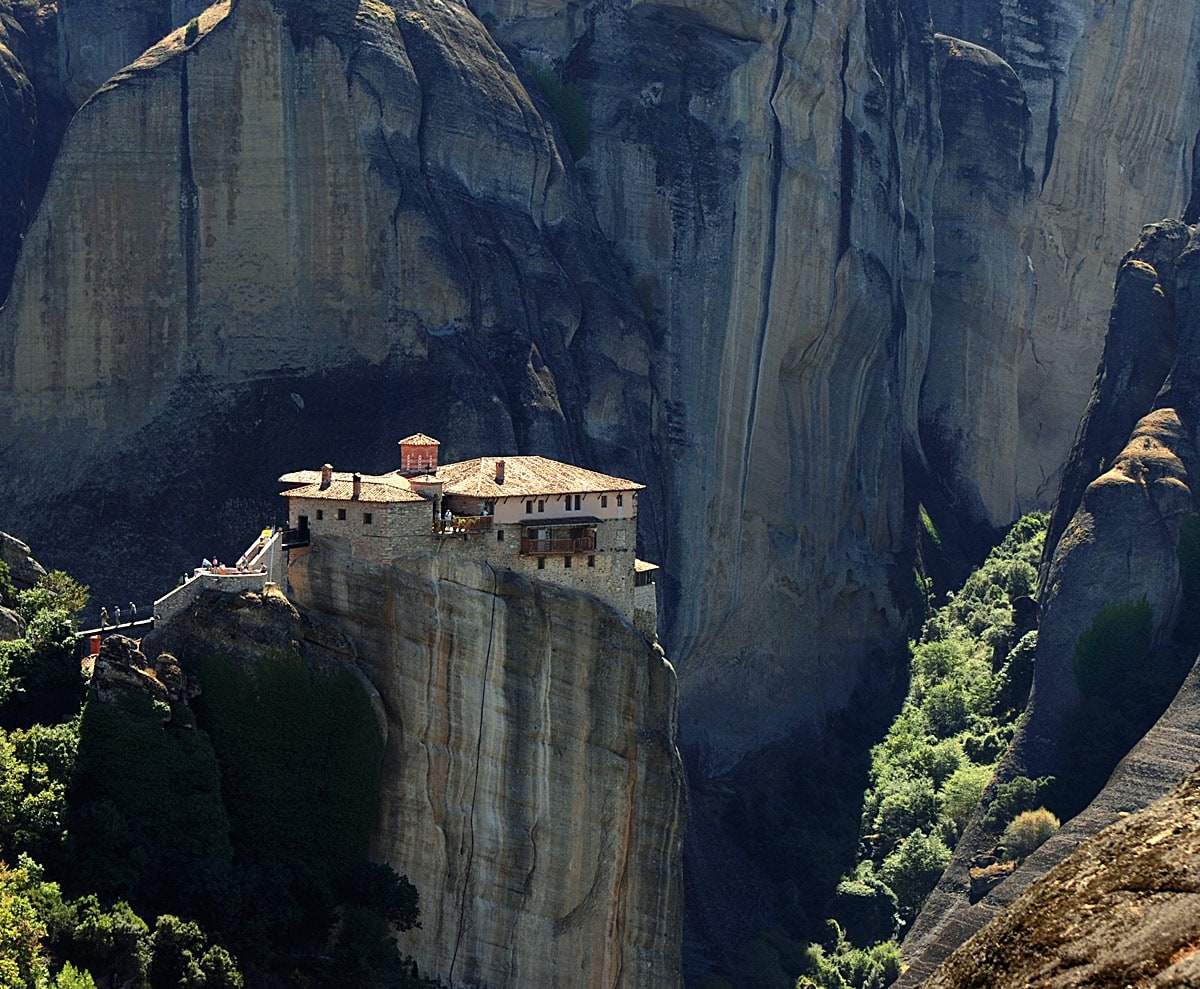
Christian monasteries
Christian monasteries have proven to be a very significant element in history, influencing politics, science, architecture, and art. Often monasteries themselves serve as collectories of written works, art, and crafts.
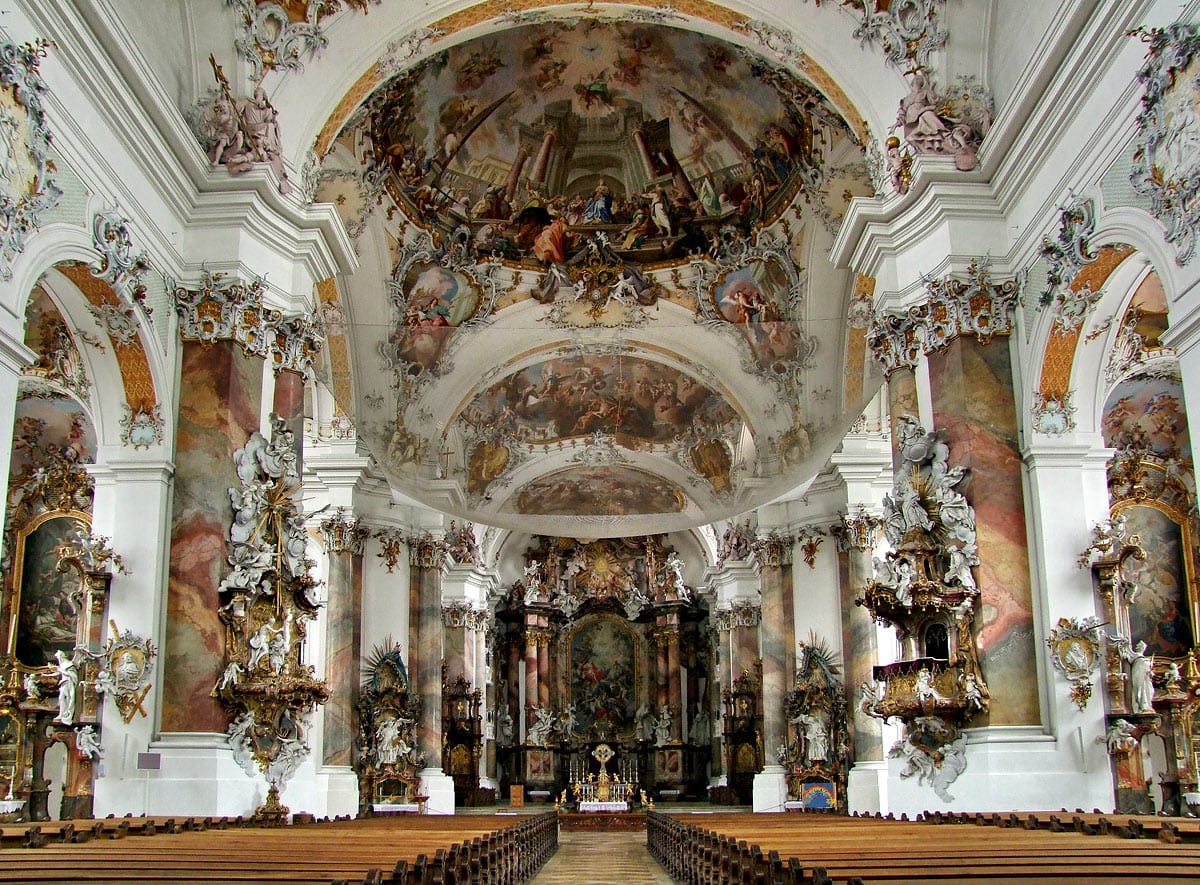
Churches
Throughout the millennia Christian churches have been the epitome of architecture and arts achievements in Western culture.
 Recommended books
Recommended books
Catalogue of the Syriac Manuscripts in St. Mark’s Monastery
This book is a reproduction of Philoxenos Dolabani’s handwritten catalog of the Syriac, Karshuni, and Arabic manuscripts located in St. Mark’s Syrian Orthodox Monastery in Jerusalem, one of the most important Christian manuscript collections in the Middle East. Dolabani was one of the greatest scholars of Syriac of the twentieth century and this manuscript is an important resource for all interested in Syriac and Christian Arabic.
Rose Book of Bible Charts, Maps, and Time Lines
The #1 Bible reference book celebrates its 10th anniversary with an updated 230-page edition that features more Bible maps, charts, and illustrations than the original! This stunning, easy-to-understand reference book still provides the same full-color, REPRODUCIBLE Bible charts and overviews that made the original a favorite, but in an easier-to-use, updated format!



HELLO, I JUST WANNA KNOW IF I CAN USE THIS PICTURE FOR A VIDEO, THAT WILL BE A LINK OF A QR code IN A PRINTED STUDY BIBLE, AS AI CAN READ, IT SAYS THAT IS CC 2.0 FREE TO USE, BUT THAT I MAY GIVE APPROPIATE CREDIT OF THE AUTOR.
WHAT KIND OF CREDIT SHOULD I GIVE?
THANKS
Feel free to use it. You need to refer to the author as I did it. If you add the reference to Wondermondo – I would be glad!